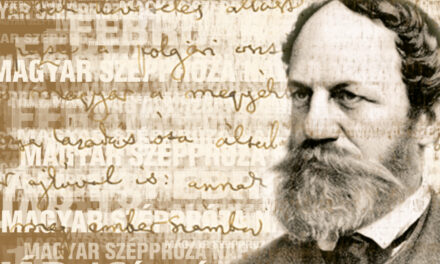Hungarikum became the thousand-year-old symbol of ancient pastoralism, the ringed whip. Folk craftsman Péter Szőke's skillfully carved whips made in the traditional way have traveled all over the world. He was the one who raised this work of folk art from the dead, M1 reported.
The ring whip is a collective term. This includes the ring whip from Kis-Sárrét, Bihari or Hortobágy, János Puju, a member of the Békés County Treasures Committee, told M1.
"With the former use of shepherds, we have entered the ranks of Hungarian Hungarians, and we are immensely proud of that," he added.
He said that the whip almost disappeared from the wilderness and became available again through diligent and persistent work.
" It has a very serious ethnographic value that the ring whip has become a national value from a utility object, " he added.
Péter Szőke had his first whip made by Gábor Szabó in Hortobágy in 1999, while he once received a ringed whip from the 1920s and 30s from an antiques dealer.
"That's when I discovered that this is a peaceful county value," he testified.
There is also a difference between whip types. While forty-eight - so-called - butterflies are tied to the handle of the whip at Hortobágy, the shepherds of Kis-sárrét also tied 150-260 butterflies.
"The looped whip was a symbol of shepherds. The shepherds always kept it with them, carried it on their shoulders, didn't put it in a bag or on the ground," said the craftsman, who also holds a hoop whip-making camp every summer, where you can learn the tricks of whip-making.
Source: hirado.hu
Photo: SÁNDOR UJVÁRI / MTI













